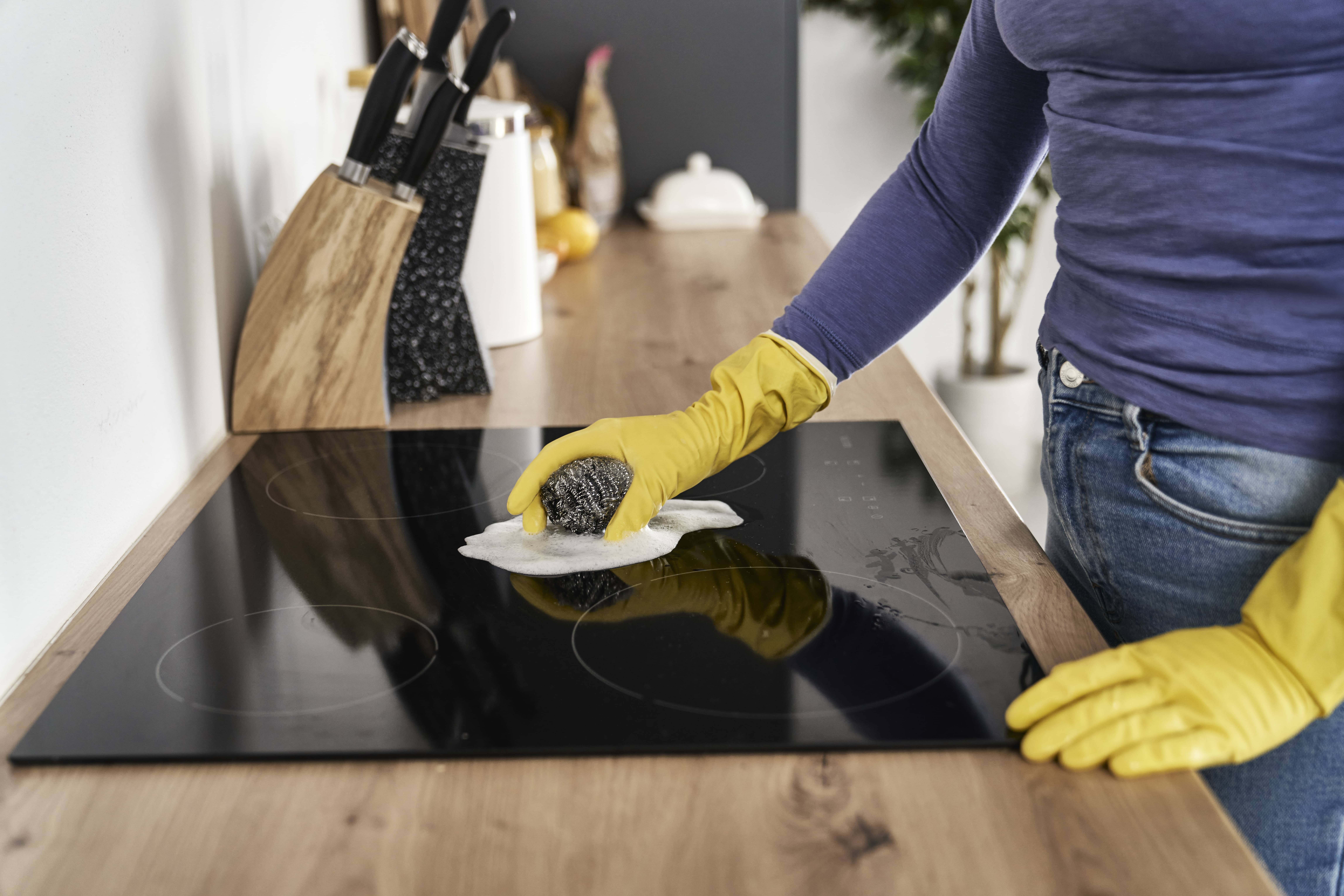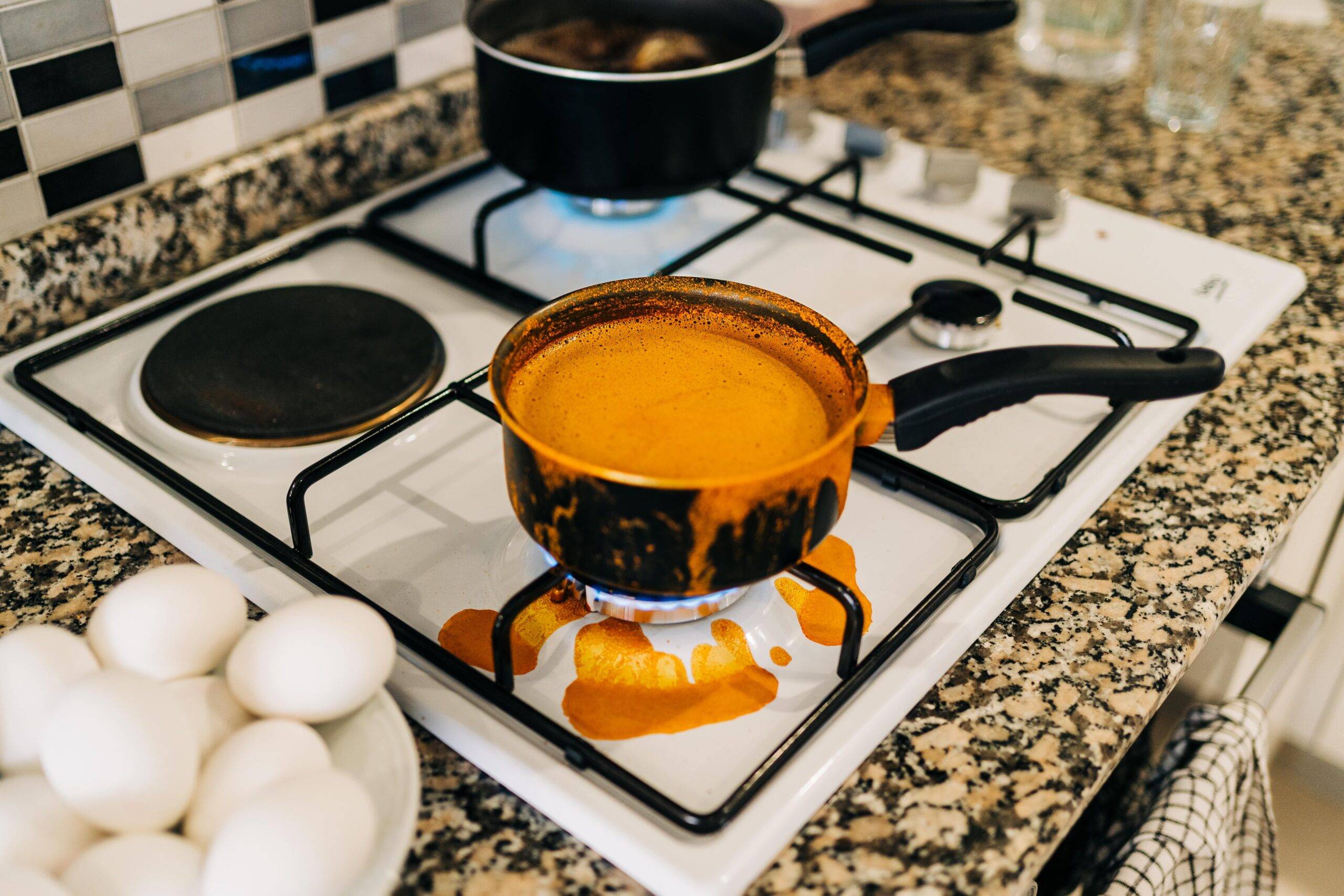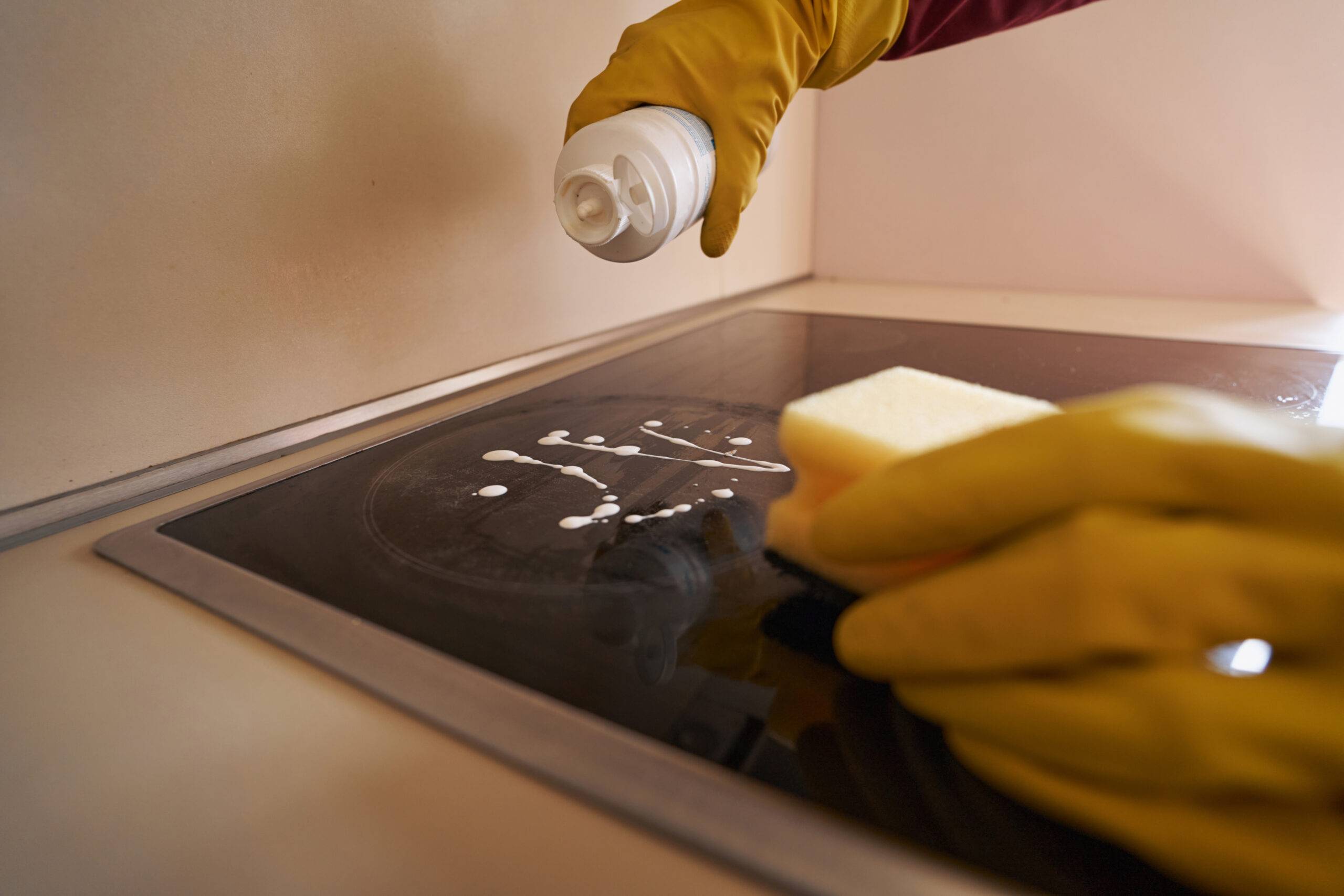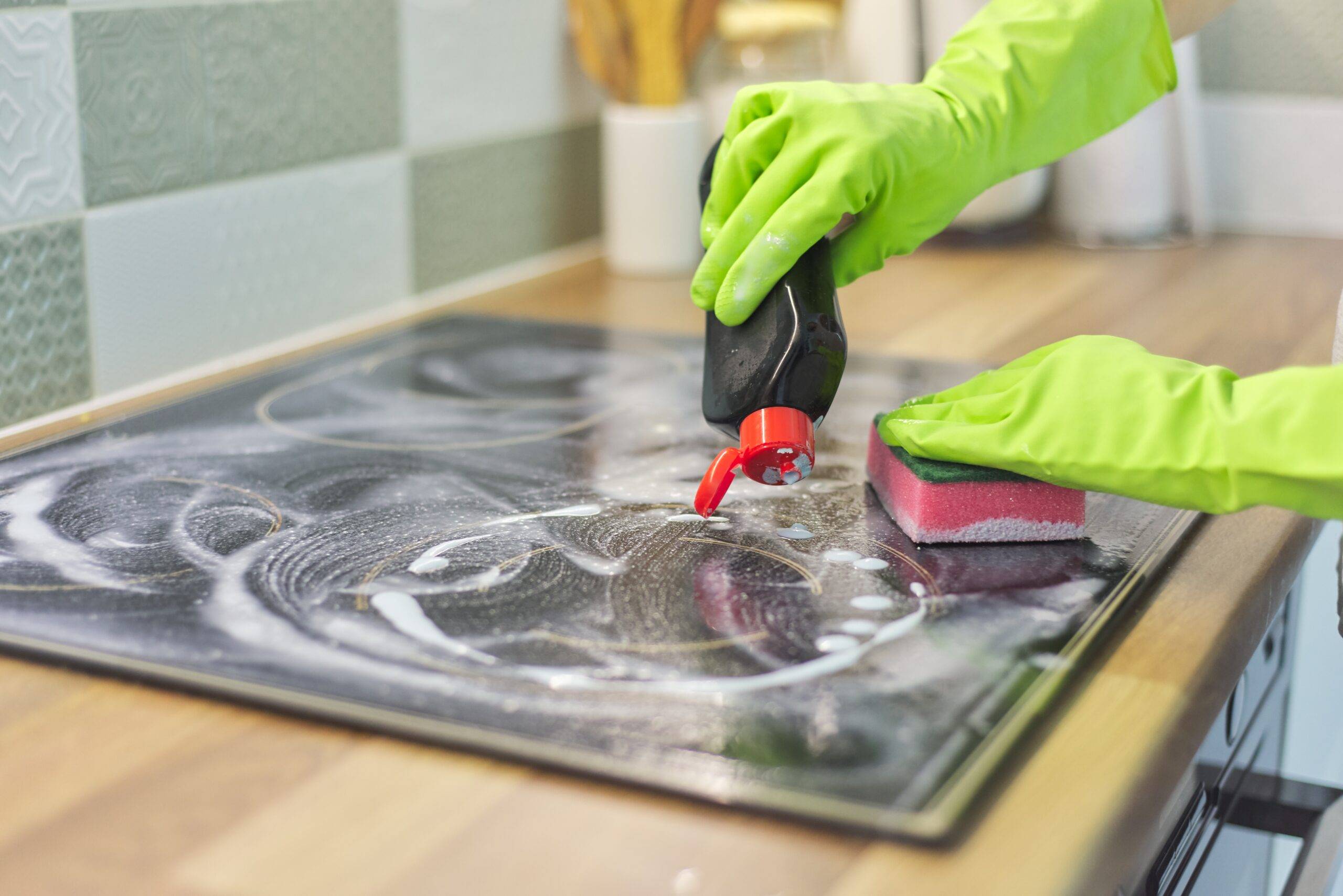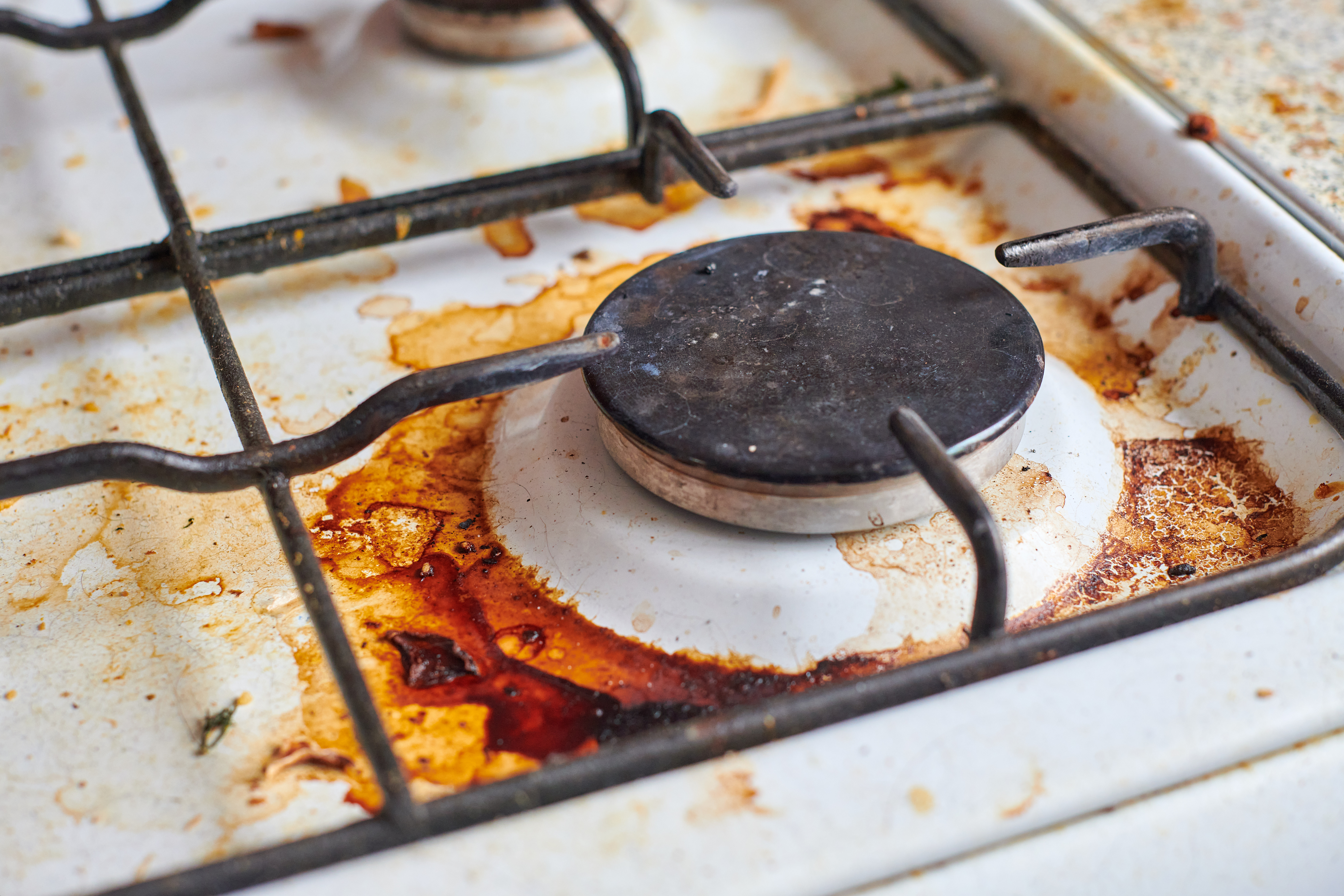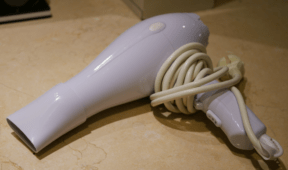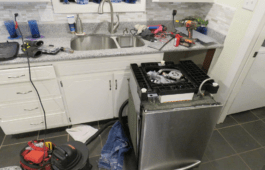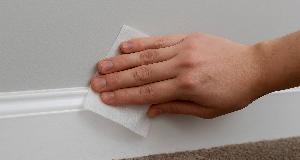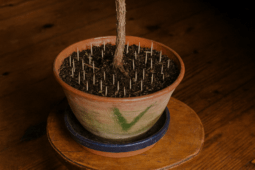Glass Stove-top Cleaning Mistakes You Don’t Want To Make
Glass stove-tops look modern and sleek, but they’re not as low-maintenance as they might seem. While they’re built to handle high heat and frequent use, they can still scratch, stain, or lose their shine if you’re not cleaning them the right way, and many of the most common cleaning habits people rely on can actually do more harm than good. Here’s what to avoid if you want to keep your stove-top in good shape long-term.
Using the Wrong Tools
Using abrasive pads, metal scrubbers, or even the rough side of a sponge can scratch the surface and leave permanent marks. Even one cleaning session with the wrong tool can take the shine off the glass or leave it looking dull. Stick with soft cloths or non-scratch pads made for glass or ceramic cooktops. Cleaning shouldn’t feel like you’re sanding something down. The goal is to lift the mess, not grind it in.
Letting Spills Sit Too Long
Spills or other messes that sit on a hot stove-top can harden quickly, especially sugary or starchy liquids. Once they bake on, they’re much tougher to remove and more likely to damage the surface. Waiting too long also increases the chance of staining, so cleaning as soon as the stove cools is your best bet. Even if you can’t clean it right away, try to wipe off anything that looks sticky or burnt before it has a chance to set in.
Using the Wrong Cleaners
Not all cleaners are made for glass stove-tops. Products with bleach, ammonia, or other harsh chemicals can leave a film behind or degrade the surface over time. Even natural solutions like vinegar can cause clouding if used too often. It’s best to use a product made specifically for glass or ceramic tops. These formulas are designed to break down grease and grime without harming the finish or leaving streaks behind.
Using Too Much Pressure
You don’t need to press hard to get a stove-top clean. Excessive pressure when scrubbing can crack the glass or wear down the surface over time. Gentle, repeated motions usually work better than forceful rubbing. If a stain doesn’t come off easily, apply a little more cleaner and let it sit for a few minutes before trying again. Patience here is better than applying force that could lead to a costly repair.
Neglecting the Edges and Corners
The flat middle of the stove often gets most of the attention, but grime collects around the edges and under the lip just as easily. Ignoring these spots can cause long-term buildup that becomes sticky and harder to clean. It also leads to uneven heating if debris makes its way under the glass. Make a point to clean all around the surface, especially near the trim or edge where spills often settle and dry.
Related Articles
- 8 Things You Should Never Clean With Vinegar
- The Best Way To Clean Greasy Kitchen Appliances
- 8 Reasons Why Your Kitchen Smells Bad (And How To Fix It)
Keeping your glass stove-top clean doesn’t need to feel like a chore, but doing it the right way definitely makes a real difference. Avoiding these common cleaning mistakes means you won’t have to work harder later to undo the damage. With the right approach, your stove-top can stay as sharp and shiny as the day you got it.

